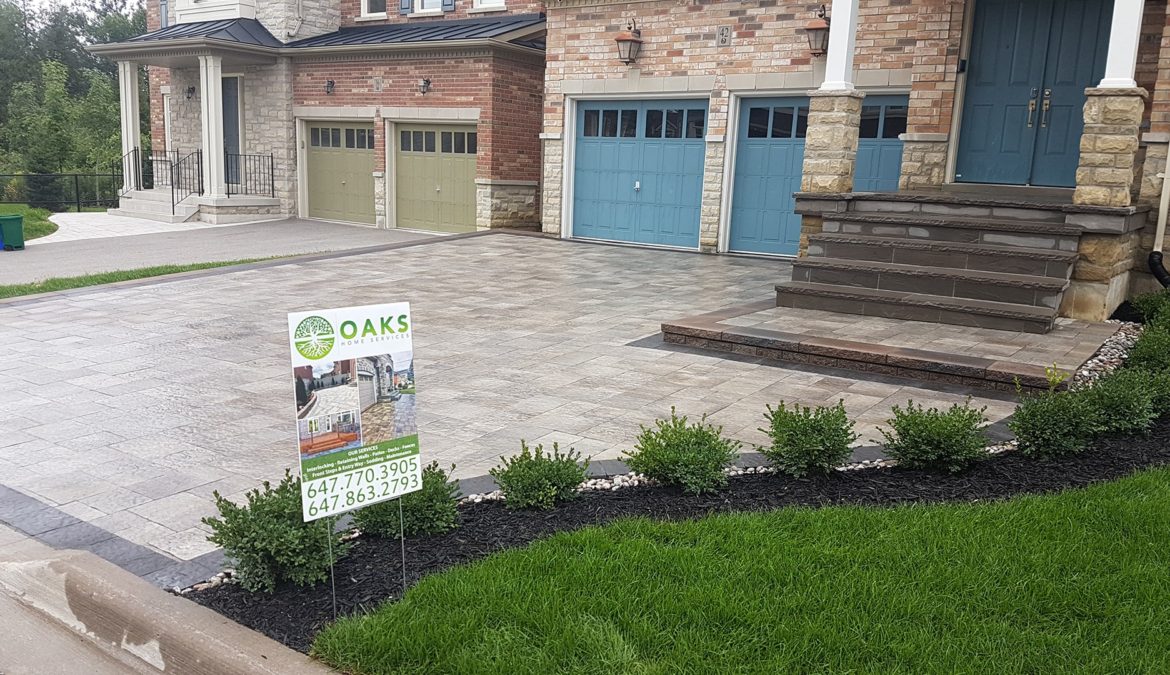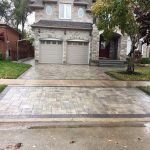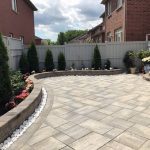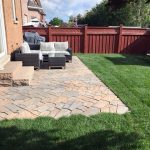Essential Tips For Maintaining Your Interlock Driveway, Walkway Or Patio
Properly constructed interlocking driveway is an area that you can enjoy for many years. The surface is largely maintenance-free, but like with everything that is outdoors, there is a gradual soiling through pollution caused from air and traffic. In order to keep your pavers in good condition, here are some tips and care instructions.
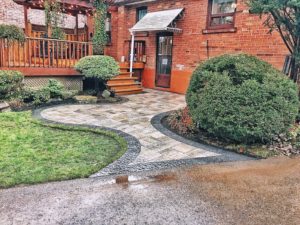
Interlocking driveway in Toronto, Richmond Hill, Vaughan and other Ontario cities: how practical is it?
It is practical and aesthetically rewarding to use interlocking stones to construct driveways, not only because they look better, but because of their durability that spans up to 4 decades, which is a total win if we take into consideration the contrasting temperatures of Ontario. The stone pavers are easy to lay and are available in different sizes and designs so that you can easily create your own practical and personalized driveway – and don’t have any trouble in upkeeping it. It is nevertheless essential to observe several simple rules to prolong the longevity of your interlocking driveway – today, the experts in tiling works dish their secrets on how to use your sophisticated stone paver driveway in a way that will spare you the trouble of renovating it in years to come!
Practical maintenance tips for interlock driveways, patios and walkways
Cleaning
Dirt caused by air and traffic pollution is easiest to remove with water and broom. At harder coating add detergent.
Filling joints
The joint is an essential part of the ground stone and it is important that it is filled for the entire period of use in order to the surface should not become unstable. A good and well-stocked joint makes it also harder for weeds to get attached. Weather and wind can remove some of the joint material, this is why it may be necessary to supplement joint sand (recommended grain size 0-2 mm).
Moss, mushrooms, algae
On terraces, interlocking walkways and driveways, the stone may in some cases get a coating of algae, fungi or moss. If necessary, the coating can be removed by 10% ammonia solution, weed poison, 1: 1 chlorine solution or a specific formula.
Oil
Oil stains can be removed with scouring agents and hot water. Different types of degreasing are also good. Fresh oil stains are sucked up with paper, cloth or sawdust. Oil does not damage the stone.
Paint
To soak up paint based on solvent, a cloth is used, then the surface is covered with sawdust in approx. 1 day. Water-based paint is also taken up with a soaked cloth, but then the surface is washed clean with water.
Rust spots
Rust stain spots can be removed with brush washing.
Efflorescence
Lime precipitation may occur, but is not compulsory. It does not impair the product’s durability but is a natural part of the concrete’s curing process. As a rule, the precipitates are torn off after one time. In severe attacks, hydrochloric acid (mixture 1: 5) used with subsequent washing. Care should be taken near vegetation.
Winter Maintenance
Winter and snow are not only about sparkling landscapes and hot chocolate. It is also associated with ice, both visible and hidden, but always to the bother whether it’s lurking in the garden path where you go or the road where you drive. Salting is a popular method. The result is often good but it is a method which is not particularly gentle on the surface it is lying on and the environment around. As an alternative, you can:
- Do not use salt on the ground or flat surface; corrosion damage to the concrete surface can occur with more porous and more fragile stones / pavers. Especially newly made concrete products are extra sensitive to salt. Instead, scoop off the snow and sand or alternatively then grind the surface to get a better grip.
- Rinse surfaces where cars are often parked, especially if they are in one place every day. The snow mud in the wheel arches often contains concentrated amounts of salt which over time wear out on the concrete surface.
Weeds
In order to combat possible weeds, in addition to weed can, several methods are used. On smaller surfaces, mechanical cleaning is a good and effective alternative. Another environmentally friendly method suitable for larger areas is burning with LPG. Excessive use, however, can damage the surface.


